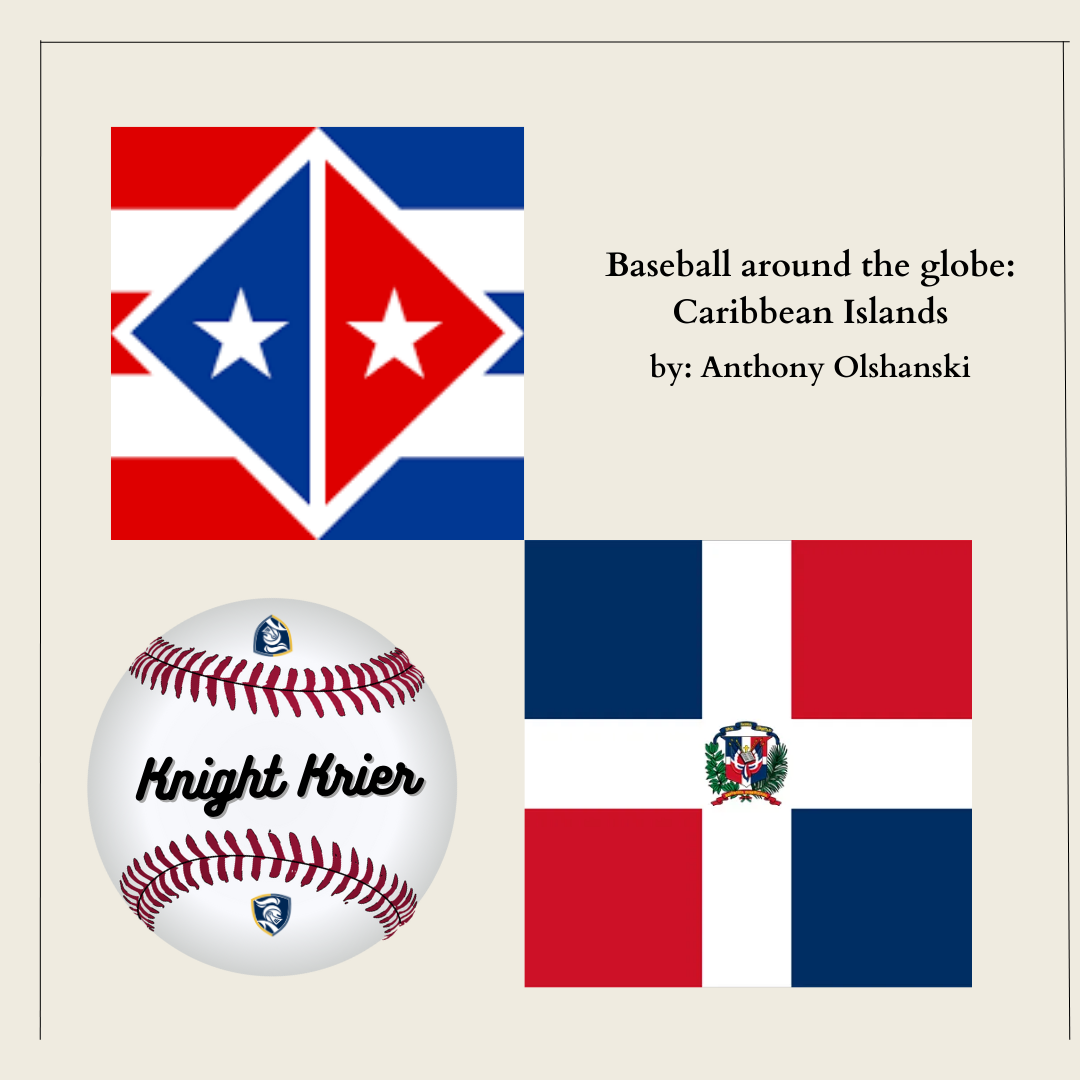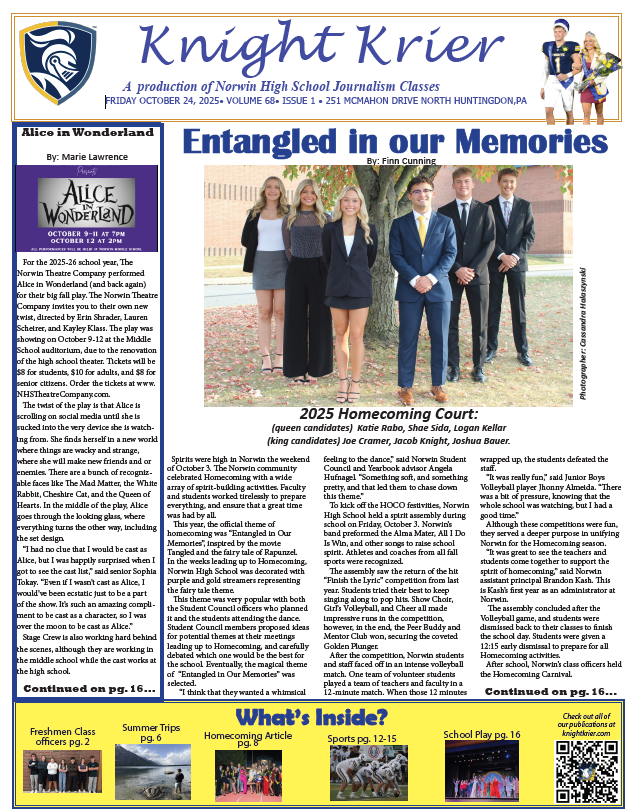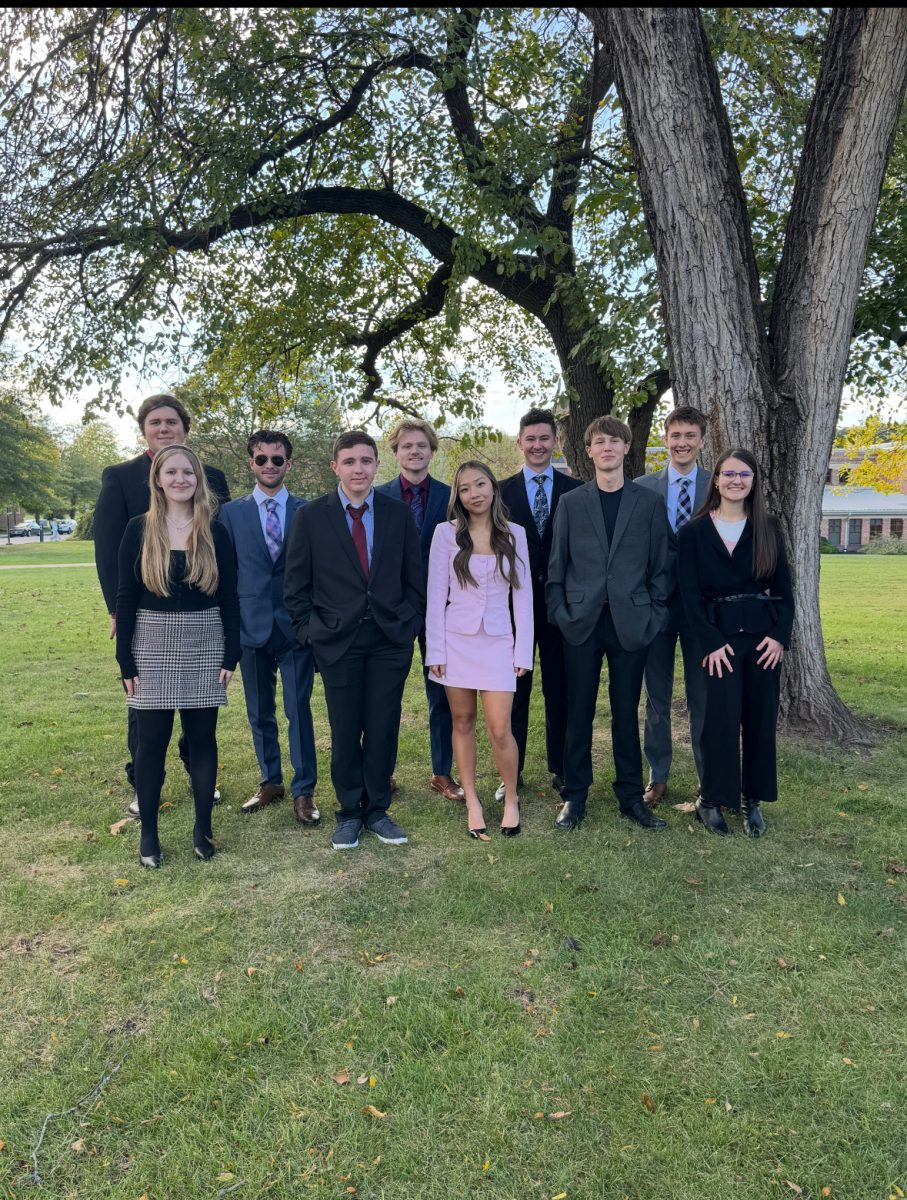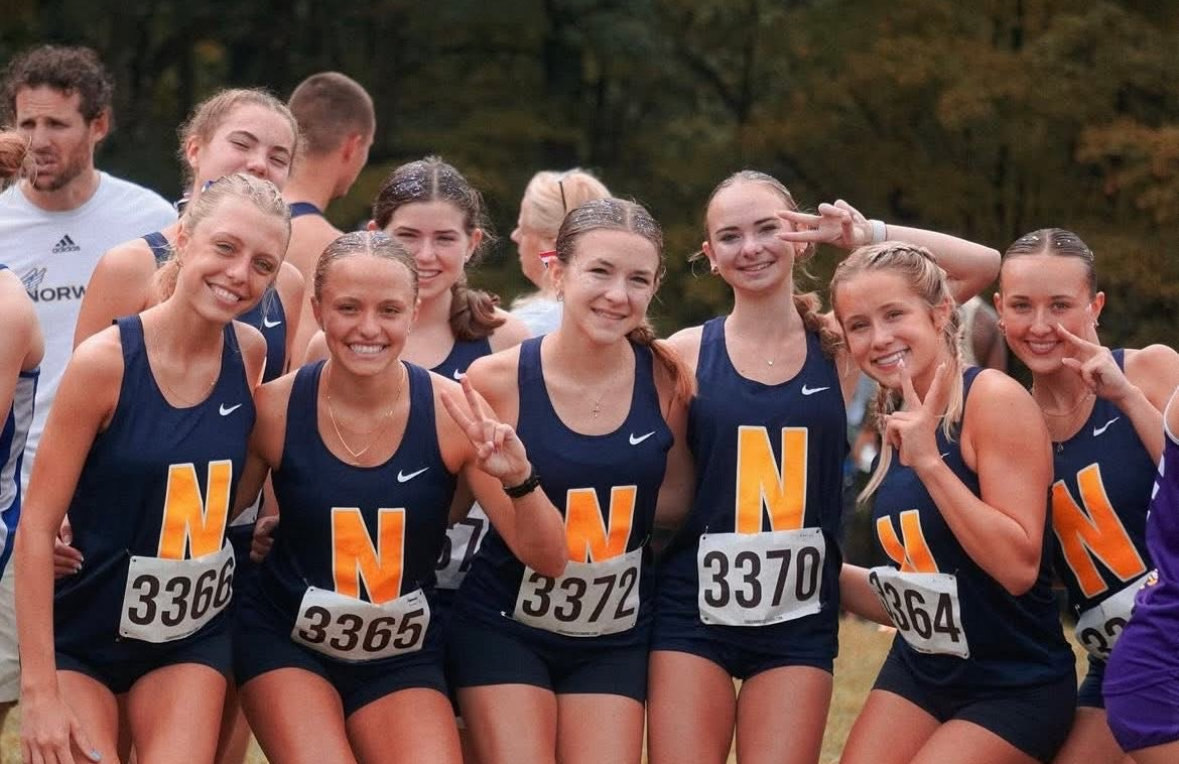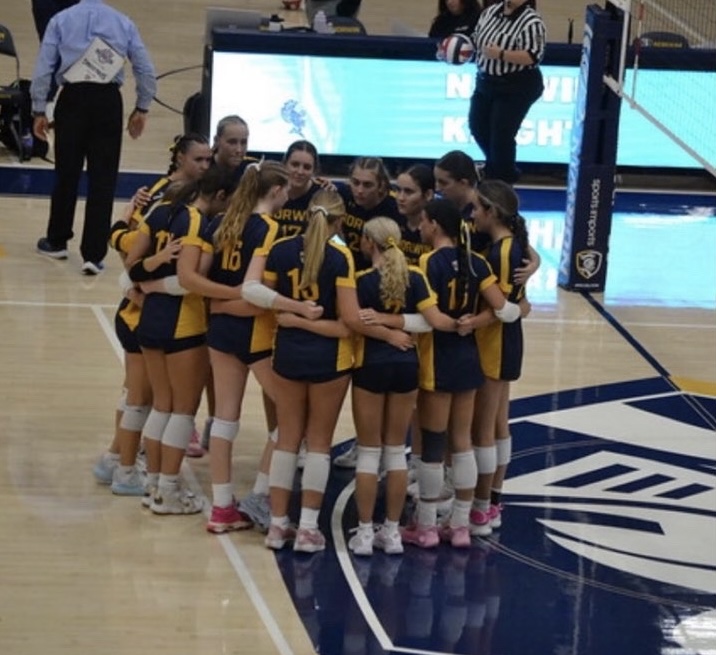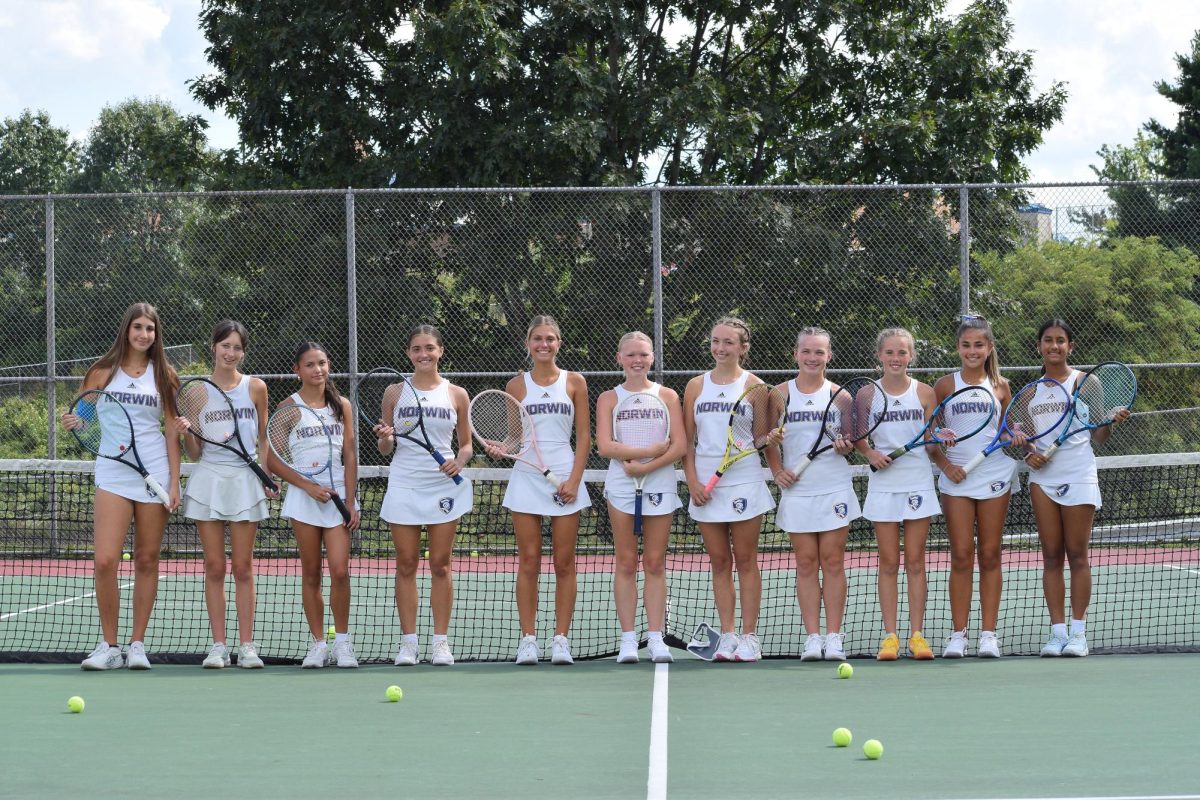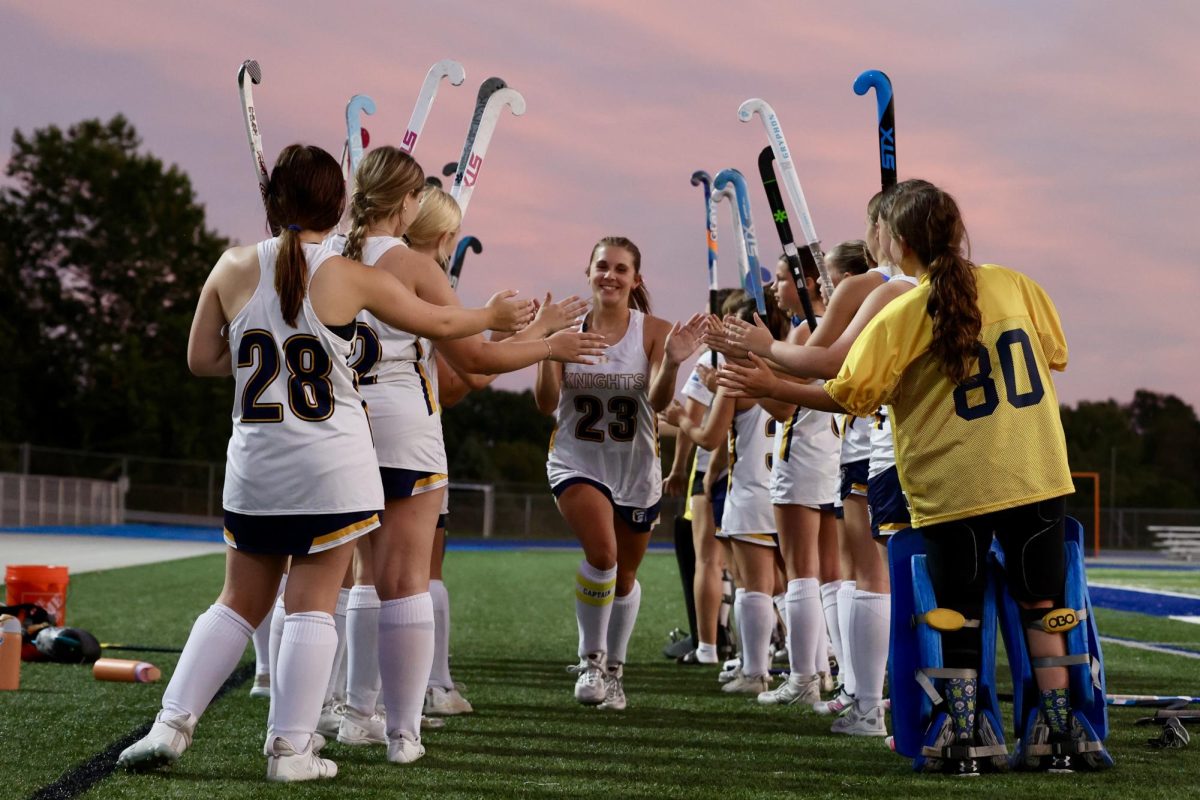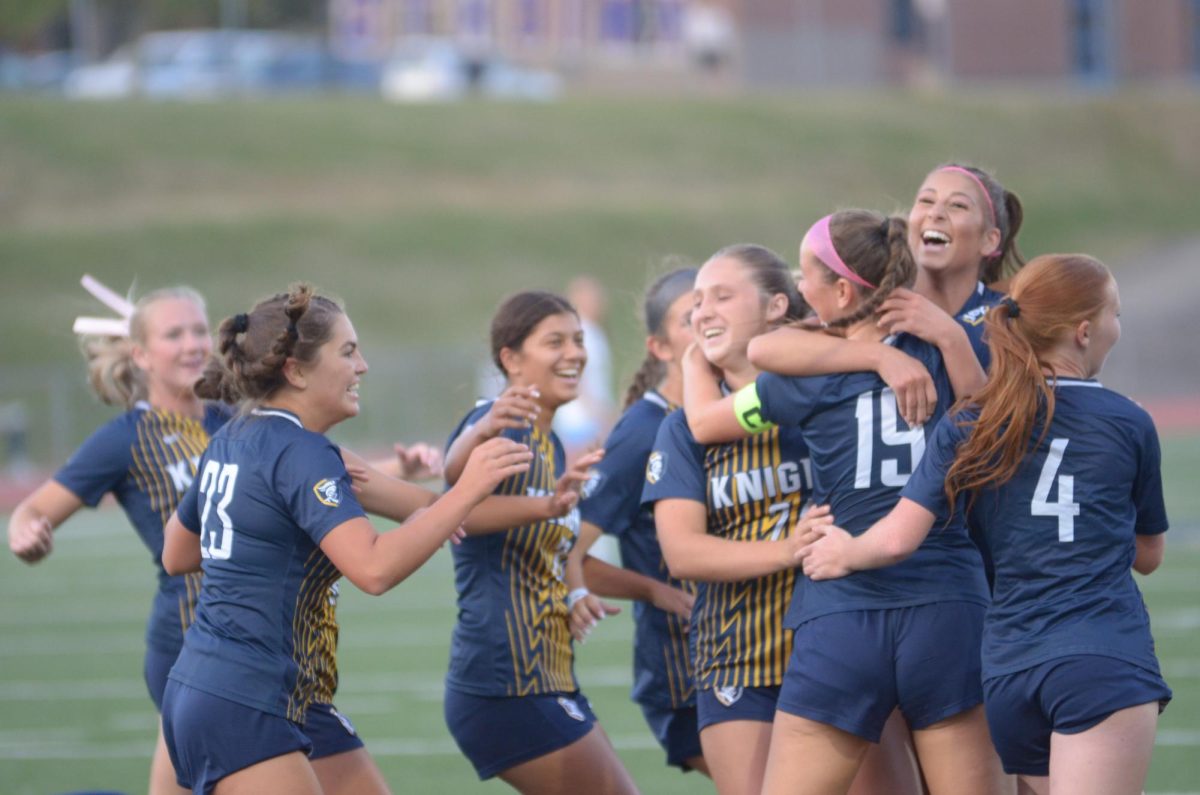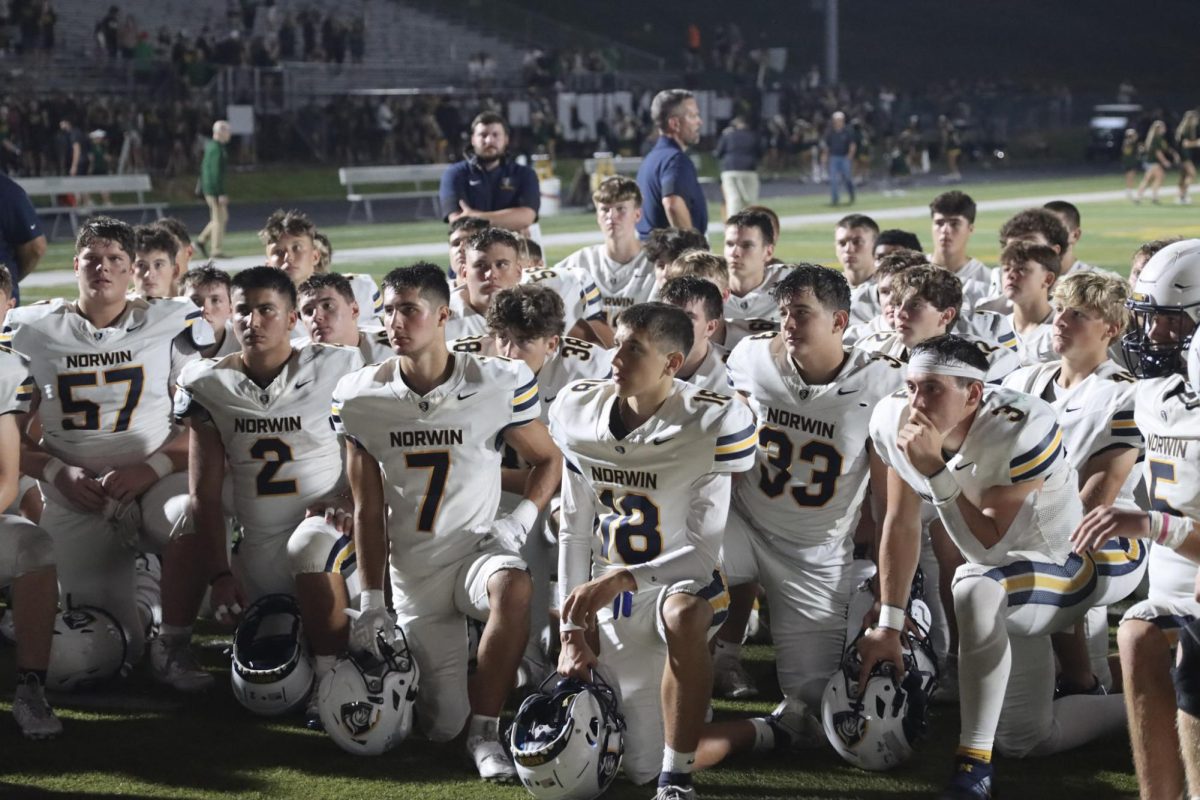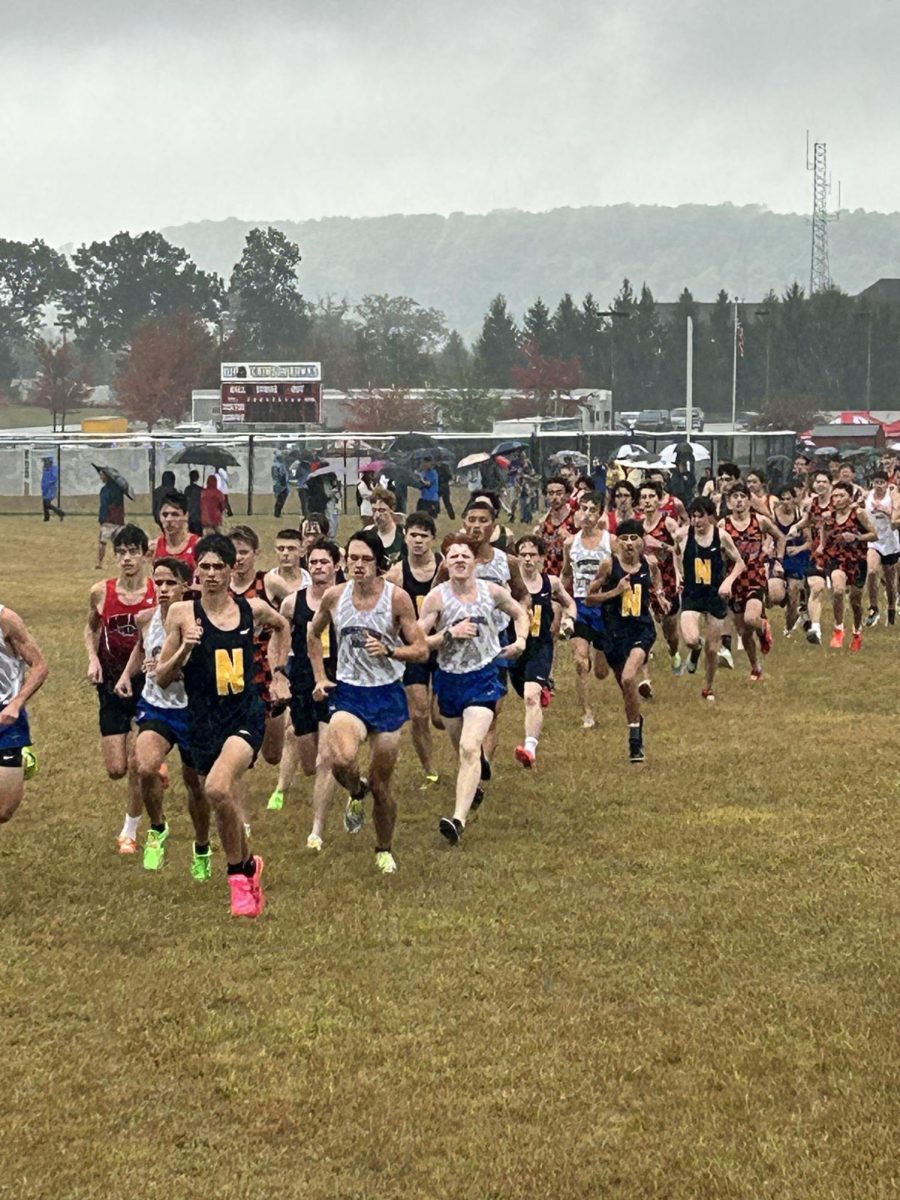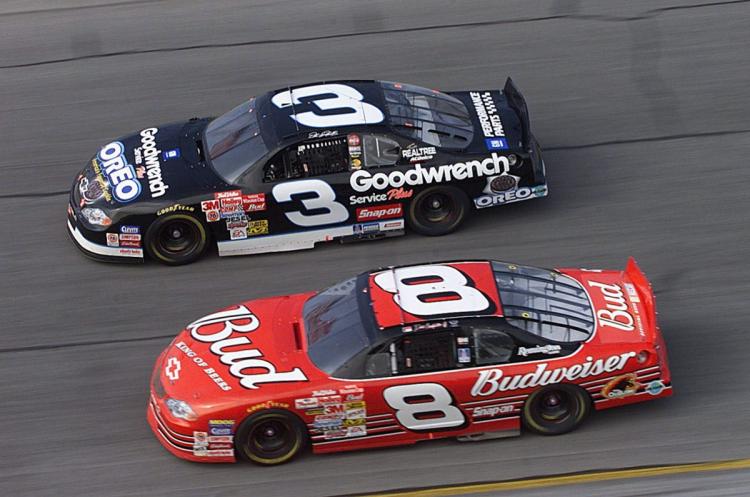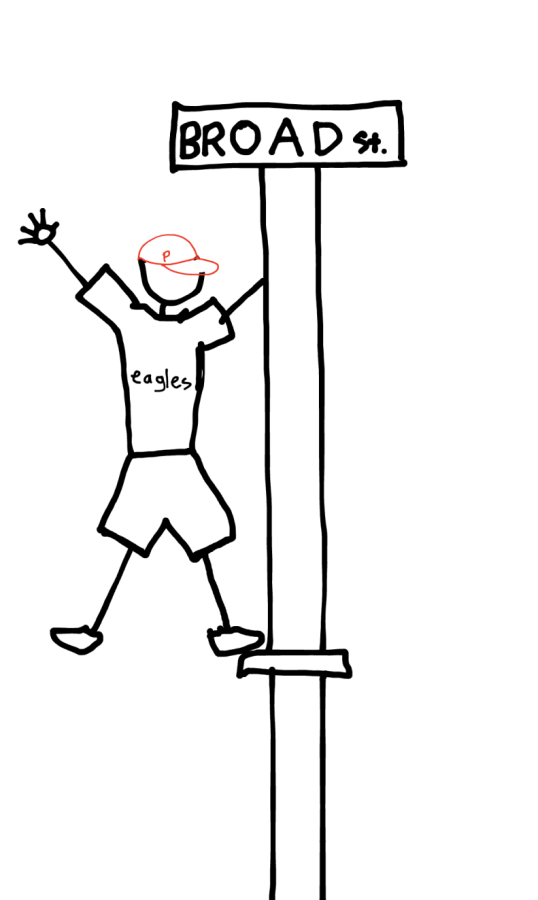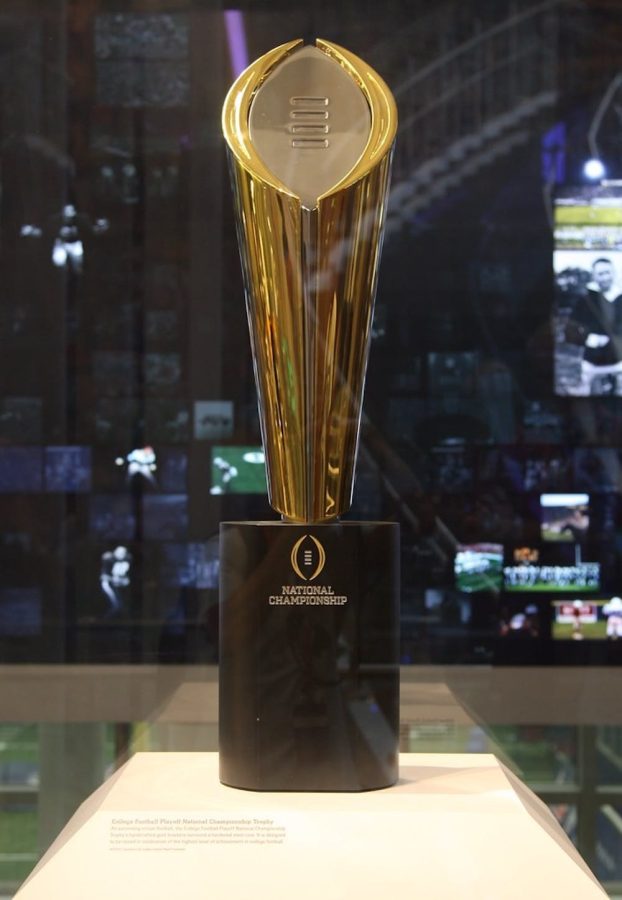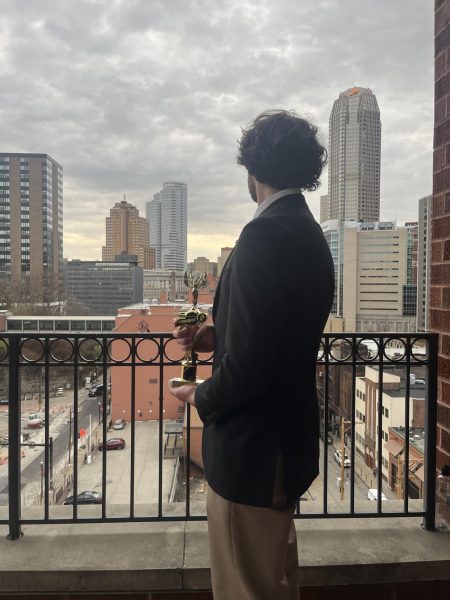The following article is a follow-up to “Baseball: A Fallen Pastime.“
Baseball is a celebrated global sport, not just in America, but on all continents of the world. The eight countries that recognize baseball as their nation’s game include Panama, Venezuela, Japan, Nicaragua, the Dominican Republic, Cuba, Northern Marianas, and Taiwan. Two of the most prominent areas outside of America for the sport are the Caribbean Islands and Eastern Asia. This column delves into what the history of baseball looks like in these two regions, their impact on their respective cultures, and a look into how successful these countries have been, on a global scale, in advancing the game of baseball. The first article out of this series is dedicated to the Caribbean Islands

Cuba became a sovereign nation on December 10, 1898, after previously being owned by Spain. The Cuban Revolution spanned from July 26, 1953, until January 1, 1959, when then-President Fulgencio Batista y Zaldívar was ousted in favor of Fidel Castro. Since 1965, Cuba has been recognized as a communist country and did not allow citizens to legally leave the country prior to January 13, 2013. Many professional players were wanted in the country for defecting during the illegal defection period. On December 27, 2022, Cuba allowed MLB players from the country to represent the nation in the World Baseball Classic for the first time.
Baseball in Cuba
After being introduced to Cuba in the 1860s while still under Spanish rule, the country slowly integrated and fell in love with the game. This love was exasperated after the Spaniards banned the game in 1869. According to cubagrouptour.com, “On December 27th, 1874, the first official match in Cuban history took place between the Matanzas and Habana clubs. The latter won 51 to 9 over the home team that played at El Palmar de Junco Stadium, where the Cuban Hall of Fame is currently located.” The Cuban Winter League was established in 1878, being the first recognized league to break the interracial barrier, accepting African and black players players as early as 1907. Those who broke the initial color barrier were Rube Foster, Home Run Johnson, Pete Hill, and Bill Monroe. Later on, Negro League stars Joe Williams, and John Henry Lloyd, in 1912.
Cuban Winter League (1871-1961)
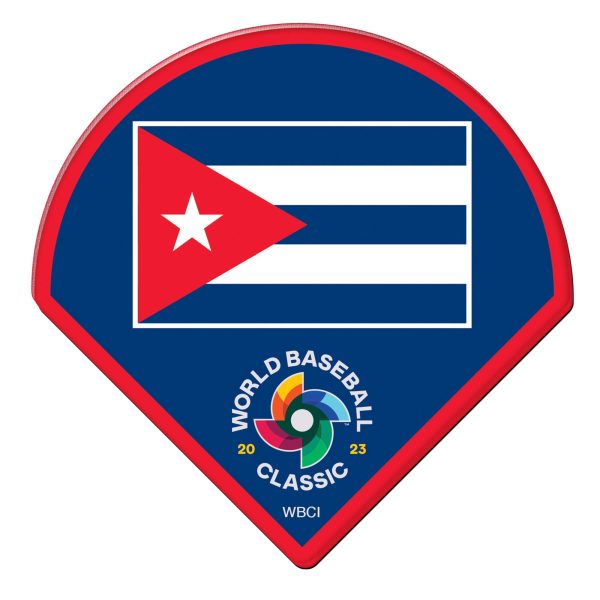
The Cuban Winter League ran from 1871-1961 before the ban of professional sports by then-Cuban Dictator Fidel Castro. Havana, Cuba’s capital, was the league’s most successful team (Havana Reds), finishing as the league’s top team 30 times, 2nd place a record 22 times, and the CWL record for wins by a club with 1,553 wins in 74 seasons. Their arch-rivals, Almendares Blues, were the league’s 2nd most successful team, finishing 31 wins behind Havana, 25 1st place finishes, (2nd to Havana), and a league-record 12 MVPs. The team’s 12 MVPs including 4 consecutive crowns from 1946-47 to 1949-50. (According to baseballreference.com)
Since the disbandment of Cuba’s most prominent league, the Cuban National Series(CNS) (1961-Present) would become the most well-known league in the country. Until 2021, the league played primarily in the wintertime and now plays during Cuban summers. In 2022, the Cuban Elite League was founded as a successor to the CNS as the league is made up of the top six teams during the CNS season.
Cuban National Series (1961-Present) + Cuban Elite League (since 2022)
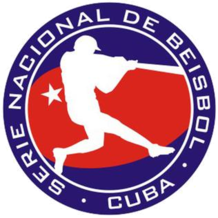
The Cuban National series consists of 16 teams, a considerable amount more than their predecessor, CWL, which consisted of just 4. CNS peaked with 18 teams from 1977-78 until coming back down to 16 after the 1991-92 season. In 1983, the league split into 2 divisions at midseason, later adding a league postseason ahead of the 1985-85 season with the creation of the Eastern and Western Divisions.
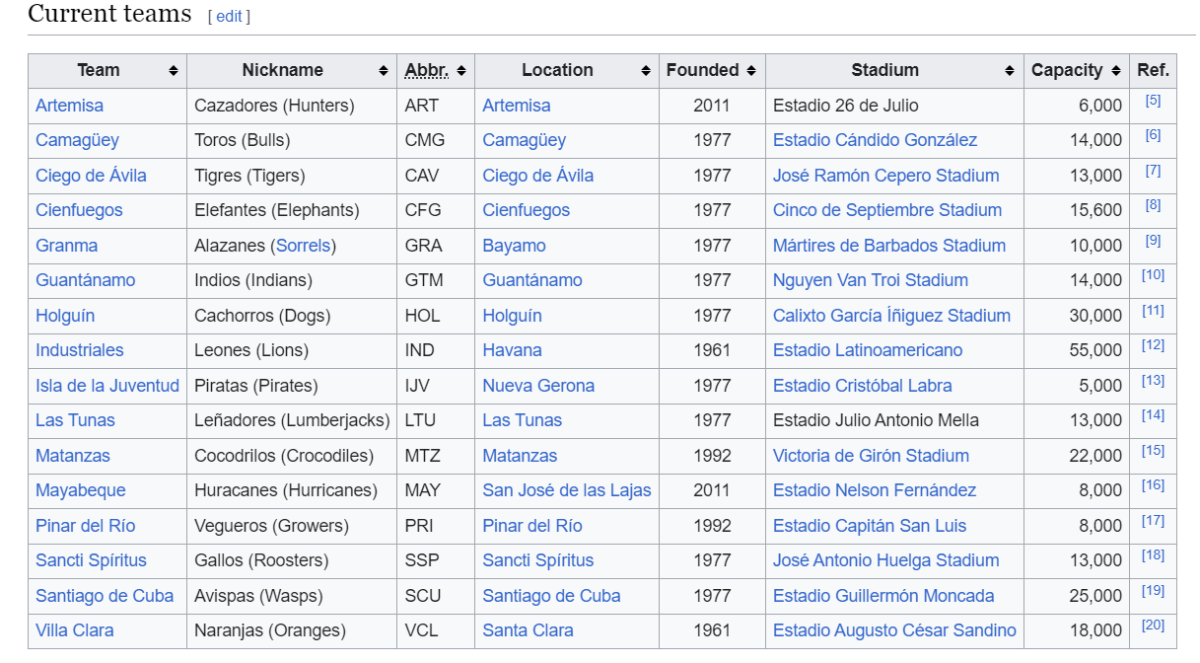
National Sport
Baseball is recognized as the national game of Cuba as the emphasis on player development and youth leagues dominate throughout the country. The country takes great pride in its baseball players and hails those who accomplish the greatest feats in the sport, as heroes.
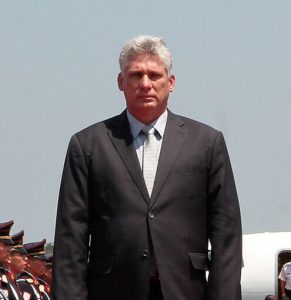
Cuban President Miguel Diaz-Canel said this after Cuba finished 4th in the World Baseball Classic. “Congratulations admirable #TeamAsere. You won three times: when you made the team and qualified first, and when you played to the last strike out against a great team and hatred of the worst kind. You made history. #Cuba beholds you proudly,” said First Secretary of the Communist Party Diaz-Canal who has been the sitting President in Cuba since 2018.
Diaz-Canal is the first man as president and first secretary not named Castro since the 1959 Cuban Revolution.
Cuba has produced a multitude of talent for Major League Baseball. Let’s take a look at some of Cuba’s 3 best who made distinguished careers in the MLB.
The greatest MLB players to defect from Cuba include Rafael Palmeiro (1986-2005) who is a 4x All-Star and 3x Golden Glove. Palmerio’s chances at the MLB HoF were forever changed when information came out regarding his PED usage in both the early 90’s, the once more in 2005. MLB Hall of Famer Tony Olivia (1962-1976) is the only Cuban native to make it to Cooperstown finishing his career with a .304 batting average and career .830 OPS. The final player to go over is 7x All-Star and current Pittsburgh Pirate, Aroldis Chapman. Chapman is famous for throwing the fastest recorded throw in MLB and human history multiple times, including a 105.8 mph throw against the San Diego Padres as a Rookie for the Cincinnati Reds in 2010.
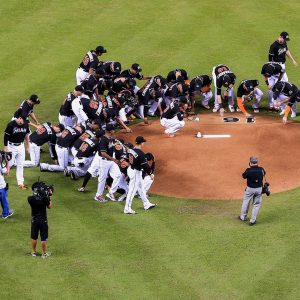
Other notable players who defected from the country to play Major League Baseball were Jose Fernandez (2013-2016) who passed away on September 24, 2016, at the age of 24 due to crashing a boat in Miami Florida before his start. Fernandez was incredibly talented, winning Rookie of the Year in 2013 and finishing 3rd in CY Young voting that same season. Fernandez was high on cocaine when he piloted a boat that took the lives of Emilio Macias, 27, and Eduardo Rivero, 25 along with him.
Yasiel Puig (2013-2019) whose defection story was one to marvel at when Puig came to the States in 2012. Puig was smuggled by those in the black market cartel drug trade according to CBS and reportedly cost the smugglers $250,000 to get Puig from Cuba to Mexico and then eventually to the United States. However, the process was prolonged as Rich Pacheco, whom Puig entrusted with his money to help escape, did not initially pay his dues and Puig was held captive in a Cancun Motel for 20 days until Pacheco finally paid. As one of the most electrifying personalities in recent baseball history, Puig burst onto the baseball scene in 2013 and continued to play at an All-Star level until 2017. Puig was accused of Sexual Violence in 2021 and has not returned to MLB since then.
While the talented players are marred with controversy, the story of Cuba’s success at the MLB level can not be told without Fernandez and Puig.
Baseball in the Dominican Republic
In 1844 Dominican Republic gained sovereignty from Haiti after previous French and Spanish rule according to the U.S. Dept. of State. The Dominican Republic has not found itself in the same non-democratic stranglehold as Cuba. According to Wikipedia, the Dominican Republic has made steps to pursue representative democracy ever since 1978. Today, the country stands as a Unitary Presidential Republic and is regarded as one of the wealthiest countries in the Caribbean Islands.
Baseball in the Dominican Republic is not only rich but the most impressive outside of the United States. The sport was established after wealthy migrants from Cuba introduced the game to the DR in 1886.
Dominican Winter League (LIDOM) (1951-Present)

The Dominican League, in Spanish Liga de Béisbol Profesional de la República Dominicana (LIDOM) (Baseball Reference).
In 1955, the LIDOM was officially established, ushering in a new era of winter baseball in the Caribbean. The moment solidified LIDOM’s place in the country and quickly soared the game to the national sport in the Dominican Republic. 1960/1961 marked an important shift in LIDOM history, becoming the only final series to feature solely Dominican players. Spotlight was put on the DR and many MLB players would come from the country in later years.
The years 1961-62, 1962-63, and 1965-66 saw the suspension of the tournament due to social and political conflicts plaguing the DR.
Over the decades, LIDOM’s league format underwent several transformations, adapting to the ever-changing landscape of professional baseball. From the early days of direct finals berths to the introduction of the semifinal series, each iteration added layers to the league’s competitive nature.
Today, LIDOM boasts a format featuring six teams competing in a 50-game league round from October to December, known as the Serie Regular. The top four teams advance to a ‘round-robin’ phase in January, culminating in a nine-game championship series to crown the league champion.
Relation to the Caribbean Series
The LIDOM champion earns the opportunity to represent the Dominican Republic in the esteemed Caribbean Series, where they vie for regional supremacy against the best of the best.
As the legacy of LIDOM, persists today, let’s take a look at some of the best to come from the Dominican Republic.
Albert Pujols
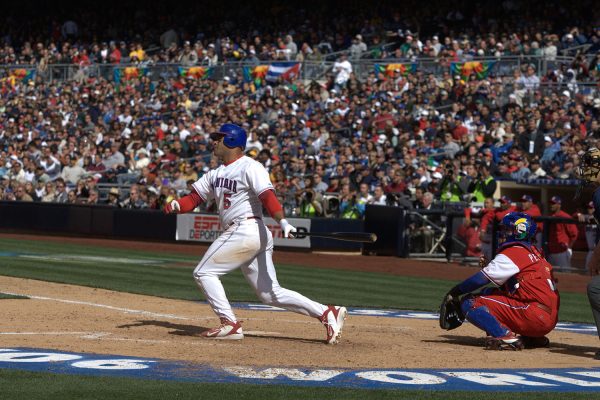
Albert Pujols, a Dominican-American baseball icon, boasts an illustrious career in Major League Baseball (MLB). Pujols has amassed over 700 home runs (703) and a career batting average at .296. He compiled three MVP awards in the National League (2005, 2008, 2009) and 11 All-Star selections. Pujols played a pivotal role in securing two World Series titles with the St. Louis Cardinals in 2006 and 2011. Widely considered one of the greatest players of all time, Pujols’s impact made him worth over $340 million in his baseball career.
David Ortiz

David Ortiz, otherwise known as “Big Papi was a larger-than-life big leaguer. Renowned for his clutch hitting and charismatic personality, Ortiz accumulated 541 career home runs. A beloved figure in Boston Red Sox history, Ortiz played a pivotal role in leading the team to break the 86-year curse of the bambino in 2004. Big Papi went on to raise the WS trophy again in 2007, and 2013. Ortiz’s impact extended beyond the field, as he became a symbol of resilience and unity after the Boston Marathon bombing in 2013. With ten All-Star selections and seven Silver Slugger Awards, Ortiz’s legacy as one of the greatest designated hitters in MLB history is firmly established in Cooperstown. David Ortiz was elected to the Baseball Hall of Fame in 2022.
Pedro Martinez

(Sipkin/News)
Pedro Martinez is celebrated as one of the most dominant and electrifying pitchers in MLB history. Throughout his career, Martinez earned three Cy Young Awards (1997, 1999, 2000) and eight All-Star selections. He, alongside Ortiz played pivotal roles in leading the Boston Red Sox to the team’s 2004 World Series win. Martinez’s career statistics, including a career earned run average (ERA) of 2.93 and over 3,000 strikeouts, solidify his status as one of the greatest pitchers of all time. Pedro was elected into the Hall in 2015. Beyond his on-field accomplishments, Martinez’s charisma and passion for the game endeared him to fans worldwide, leading to a successful broadcasting career post his playing days.
Baseball in Puerto Rico
The final country to document amongst those in the Caribbean Islands is Puerto Rico. Puerto Rico is a country that gained its sovereignty between the Dominican Republic (1844) and Cuba (1902). Puerto Rico left Spain’s rule in 1897.
Early Baseball History in Puerto Rico
Baseball’s roots in Puerto Rico trace back to the late 19th century when a group of Puerto Ricans and Cubans introduced the sport to the island. Initially met with skepticism by the local press and public, baseball slowly gained traction. In 1897, the Almendares and Borinquen Baseball Clubs emerged as the first pioneers of the game, setting the stage for organized competition.
According to MLB.com, the inaugural organized baseball game took place on January 11, 1898, with Almendares defeating Borinquen 3-0. As interest in the sport grew, particularly after the end of the Spanish-American War in 1898, baseball became a cultural phenomenon in the country. American soldiers stationed in Puerto Rico formed teams, igniting rivalries with local ball clubs.
By the early 1900s, baseball had woven itself into the fabric of Puerto Rican society, with teams sprouting up across the island. The Escuela Superior de Ponce emerged as a powerhouse, showcasing talents like Amos Iglesias-Van Pelt and serving as ambassadors of the game.
Negro League clubs, including the All-Americans and Cuban Stars, added to the excitement by touring the island and competing against local talent. Meanwhile, Puerto Rican players like José “Pepe” Santana began to shine, earning recognition for their exceptional skills.
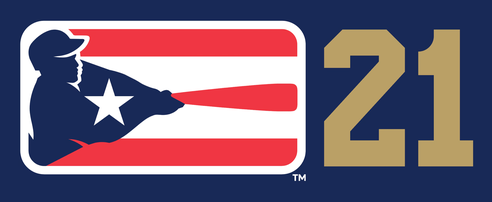
In 1938, the establishment of the Liga Semi-Pro de Béisbol de Puerto Rico marked a significant milestone in the island’s baseball journey. Founded by Teofilo Maldonado and Enrique Huyke, the league brought a semi-professional structure to the game, paving the way for future growth. With original clubs like Criollos de Caguas and Indios de Mayagüez, the league gained momentum and expanded its reach.
As the league evolved and grew in popularity, discussions arose about affiliations and organizational structures. In 1941, Rafael Delgado Márquez advocated for the league to return to its roots and adopt the name Liga de Béisbol Profesional de Puerto Rico.
Unfortunately, league information after 1941 is sparse as the country focused on building its talent at the Major League level. The Liga de Béisbol Profesional Roberto Clemente began honoring the legacy of the country’s most impactful star, Roberto Clemente, in 2012. In addition to the name change, the league permanently retired the number 21, and is a number celebrated around Pittsburgh and MLB.
Puerto Rico’s Finest
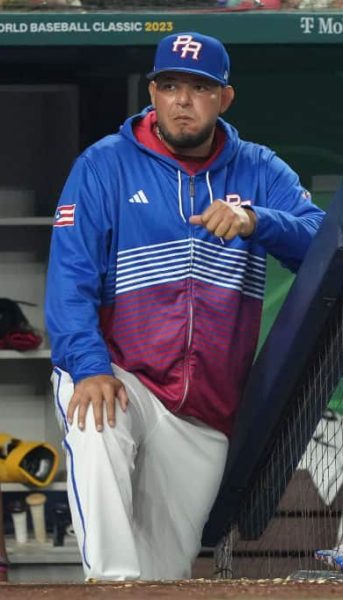
Yadier Molina debuted in Major League Baseball with the St. Louis Cardinals in 2004. Throughout his career, he garnered an impressive nine Gold Glove Awards for his defense behind the plate. Molina’s impact extended beyond defense as he was a consistent offensive contributor in the Cardinals’ World Series championships in 2006 and 2011. Beyond statistics, Molina is celebrated for his leadership, mentoring younger players, and embodying the Cardinals’ strong reputation. Widely regarded as one of the best catchers in baseball history, Molina’s legacy is likely to be etched in baseball immortality when he reaches the Cooperstown ballot in 2028.

The final player to go over is Ivan (Pudge) Rodriguez. Debuting in 1991 with the Texas Rangers, he quickly made a name for himself as one of the premier catchers of his era. Rodriguez’s defensive skills were unmatched, earning him an astounding thirteen Gold Glove Awards throughout his career, the most ever by a catcher. His offensive prowess was equally impressive, boasting 311 career dingers. Rodriguez would go on to win his one and only World Series with the Florida Marlins in 2003. Regarded as one of the greatest catchers in baseball history, Pudge Rodriguez was elected to Cooperstown in 2017.
Conclusion
Baseball’s story can not be told without the Caribbean Islands, particularly in Cuba, the Dominican Republic, and Puerto Rico. From its status in America to becoming a national pastime in the countries, baseball has transcended cultural barriers and served as a unifying force around the world. Despite facing challenges such as political conflicts and social upheavals, the passion for the game has remained unwavering. The evolution of baseball leagues and the emergence of talented players have cemented these countries’ legacies in the sport’s global landscape.
The final article in the 3-part column on baseball’s impact will cover Eastern Asia and its booming popularity over the past century. Other countries in the Caribbean Islands were not mentioned due to length constraints.


